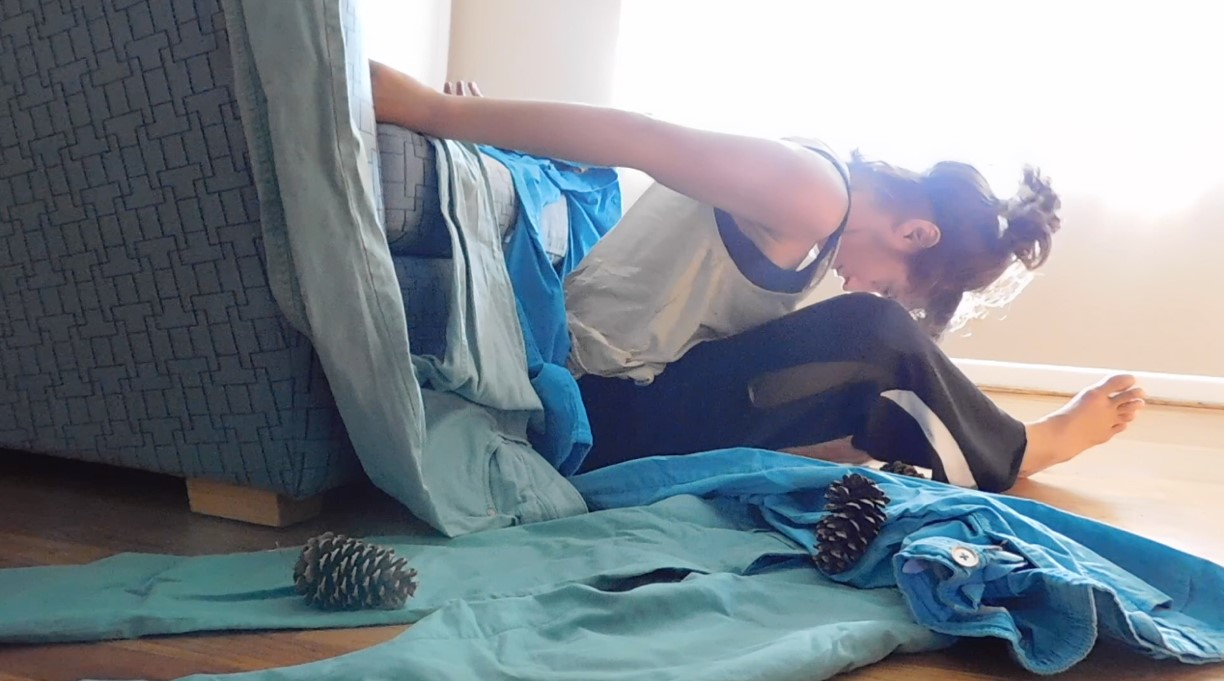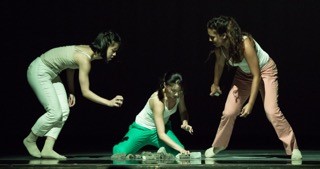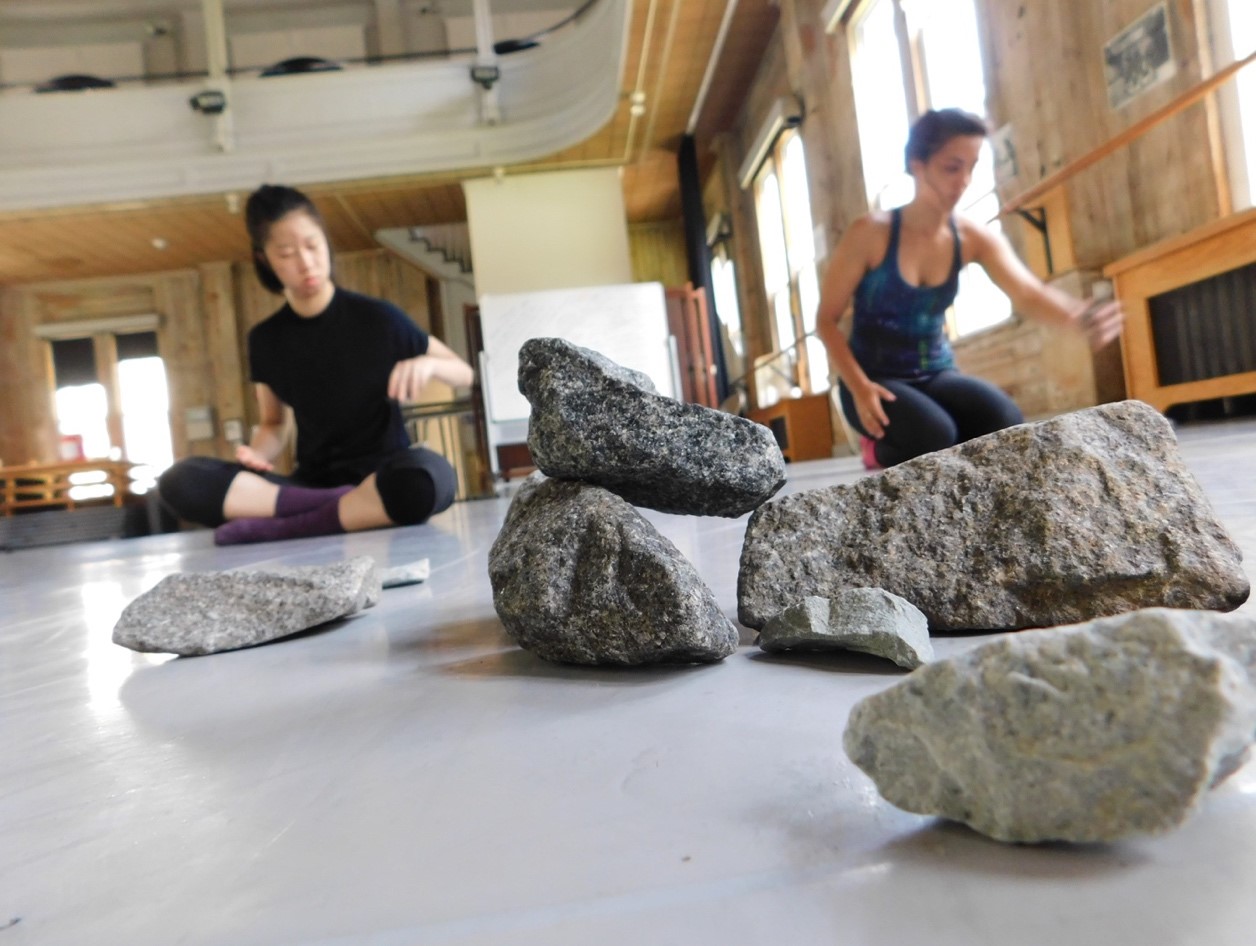Artists
Photo Credit: NIU Chun-Chiang
LIU Wen-Chun
LIU Wen-Chun
| Location | USA / Durham |
|---|---|
| Residency | American Dance Festival |
| Year of the Grant | 2017 |
Thoughts on Residency Program
Treating dance and body as the point of departure, my oeuvre features the possibilities of the body and its movements from different angles. In recent years, my works have encompassed different media and dance forms, including image, martial arts, fashion design and music. I mainly draw inspiration from my life experiences and apply oriental philosophical view to my creations, expecting to produce profound expressions about life or arts, and allowing my works to have many resonances for the viewers.
I felt deeply honored to collaborate with Laura Morale Davila, a Spanish artist who also participated in the international choreographer-in-residence program, on a series of image works. In the creative process, I served as the director, photographer and film-editor, while Laura worked as the performer and choreographer. We produced a total of five short performances, and each vignette lasts one to three minutes.
In the creative process, I deliberately gave the dancers considerable room to improvise. As far as I was concerned, the participants varying in background and age had different understandings and feelings about the themes of the program, namely “the absurdity of life” and “the meaning of life.” Hence I should not strangle the dancers’ ideas. I thus bombarded the dancers with many questions about the themes, challenged their thinking, and allowed them to record their thoughts by ways of conversation, writing or painting. We also used “stone” to symbolize the Sisyphean task; to wit, our responsibility for life, or the reality from which escape is nowhere on the horizon.
The majority of our ideas were no less than our reflections on our own lives. We discussed and shared our opinions about the themes before engaging in choreography. Such an open-ended approach not only allowed me to admire each dancer’s ideological uniqueness, but also imbued our performances with greater humanity and vitality.




